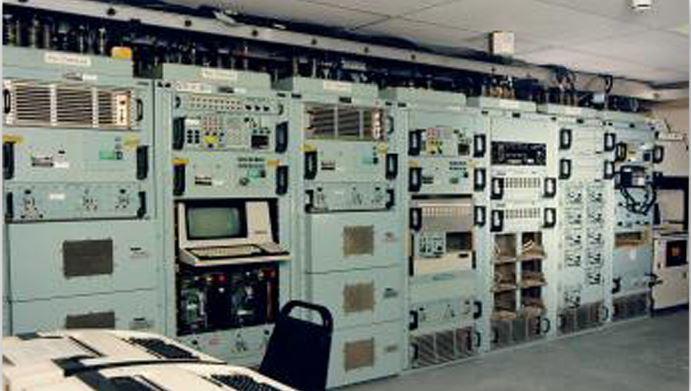ONE YEAR AGO TODAY Hillary Clinton Wished a Happy Birthday to Herself… “The Future President”
She may not be president, but another year still went by without her being held responsible… that’s her celebration today.Here’s a cake!
|
ONE YEAR AGO TODAY Hillary Clinton Wished a Happy Birthday to Herself… “The Future President”
She may not be president, but another year still went by without her being held responsible… that’s her celebration today.Here’s a cake!
|
OMAN, another big Clinton Foundation donor, was removed from the Nuclear Regulatory Commission’s Restricted Destinations List by Obama in 2012. More pay-to-play?FOREIGN GOVERNMENT DONATIONS TO THE CLINTON FOUNDATION WHILE HILLARY WAS A U.S. SENATOR* “As of 2008, the Clinton Foundation raised at least $46 million from Saudi Arabia, Kuwait, Qatar, Brunei, Oman, and other foreign governments–the very governments Secretary of State Hillary Clinton eventually negotiated with. ” [8/14/13] * “According to Clinton’s list, Saudi Arabia gave $10 million to $25 million to the foundation. Other government donors include Norway, Kuwait, Qatar, Brunei, Oman, Italy, Jamaica and Tenerife in the Canary Islands. The Dutch national lottery gave $5 million to $10 million.” [1/18/09] Removal of Oman from the Restricted Destinations List
|
A Government Accountability Office report details ‘Museum-Ready’ machines controlling the United States Nuclear force messaging system that are ‘obsolete’. The US military’s nuclear arsenal is controlled by computers built in the 1970s that still use 8-inch floppy disks. A report into the state of the US government, released by congressional investigators, has revealed that the country is spending around $60 billion to maintain museum-ready computers, which many do not even know how to operate any more, as their creators retire. The Defense Department’s Strategic Automated Command and Control System (DDSACCS), which is used to send and receive emergency action messages to US nuclear forces, runs on a 1970s IBM computing platform. It still uses 8-inch floppy disks to store data. We’re not even talking the more modern 3.5 inch floppy disk that millennials might only know as the save icon. We’re talking the OG 8-inch floppy, which was a large floppy square with a magnetic disk inside it. They became commercially available in 1971, but were replaced by the 5¼ inch floppy in 1976, and by the more familiar hard plastic 3.5 inch floppy in 1982. Shockingly, the US Government Accountability Office said: “Replacement parts for the system are difficult to find because they are now obsolete.” The Pentagon said it was instigating a full replacement of the ancient machines and while the entire upgrade will take longer, the crucial floppy disks should be gone by the end of next year. Given that magnetic media has a finite shelf life, and that disks and the drives needed to read and write to them are older than some of the operators of the machinery, the floppy revelation makes you wonder whether the US could even launch a nuclear attack if required. An “error, data corrupted” message could be literally life or death. You can read the full GAO report here:[pdf-embedder url=”https://commonsenseevaluation.com/wp-content/uploads/2017/07/677436.pdf”] |